Virtual Reality
-
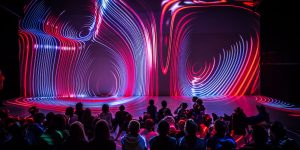
Immersify
Sie lassen uns die Welt um uns herum beinahe vergessen: Virtual-Reality-Anwendungen lassen uns tief in Bilder und Videos eintauchen und versprechen interaktive Erlebnisse. Um immersive Medien von einem Nischenphänomen zu einer weit verbreiteten Praxis auf dem Verbrauchermarkt zu führen, hat das dreijährige, von der EU geförderte Projekt Immersify mit fünf europäischen Partnern, darunter dem Ars…
-
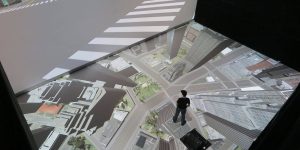
Tumcreate
Die immersive, virtuelle und interaktive 3D-Umgebung des Deep Space 8K wird Teil eines gigantischen, skalierbaren Zukunftsprojekts: Als VR-Forschungs- und Entwicklungslabor soll die internationale Forschungsplattform TUMCREATE eindrucksvolle Möglichkeiten der Präsentation, Kollaboration und Simulation für die Entwicklung eines neuen Infrastruktur- und Mobilitätskonzepts für die Megastadt Singapur bieten.
-
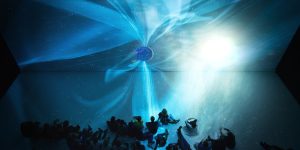
Deep Space 8K
The Deep Space 8K has received a major upgrade in 2022 – read all about the technical innovations as well as the latest programs on our Deep Space 8K EVOLUTION page!
-

CADET
Between 2010 and 2014, the FFG-funded Center for Advances in Digital Entertainment Technologies — in short CADET — has dealt with the research, advancement and usability of immersive technologies taken from the gaming and digital-entertainment industries.
-

Virtual Anatomy & Pathology at Deep Space
A look back at the history of medicine quickly reveals that the graphic depiction of the human body and its internal organs has a very long tradition. Beginning with sketches rendered by hand all the way to x-ray techniques and modern digital methods like computer tomography (CT) and magnetic resonance imaging (MRI), the representation of…
-
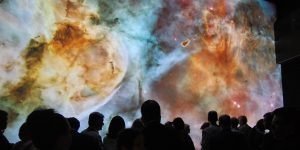
Deep Space
In 2009, the inspiring possibilities of the CAVE technology were the starting point for a new, visionary concept to expand and optimize VR technology for a broad public in the Ars Electronica Center and its constantly growing number of visitors.
-
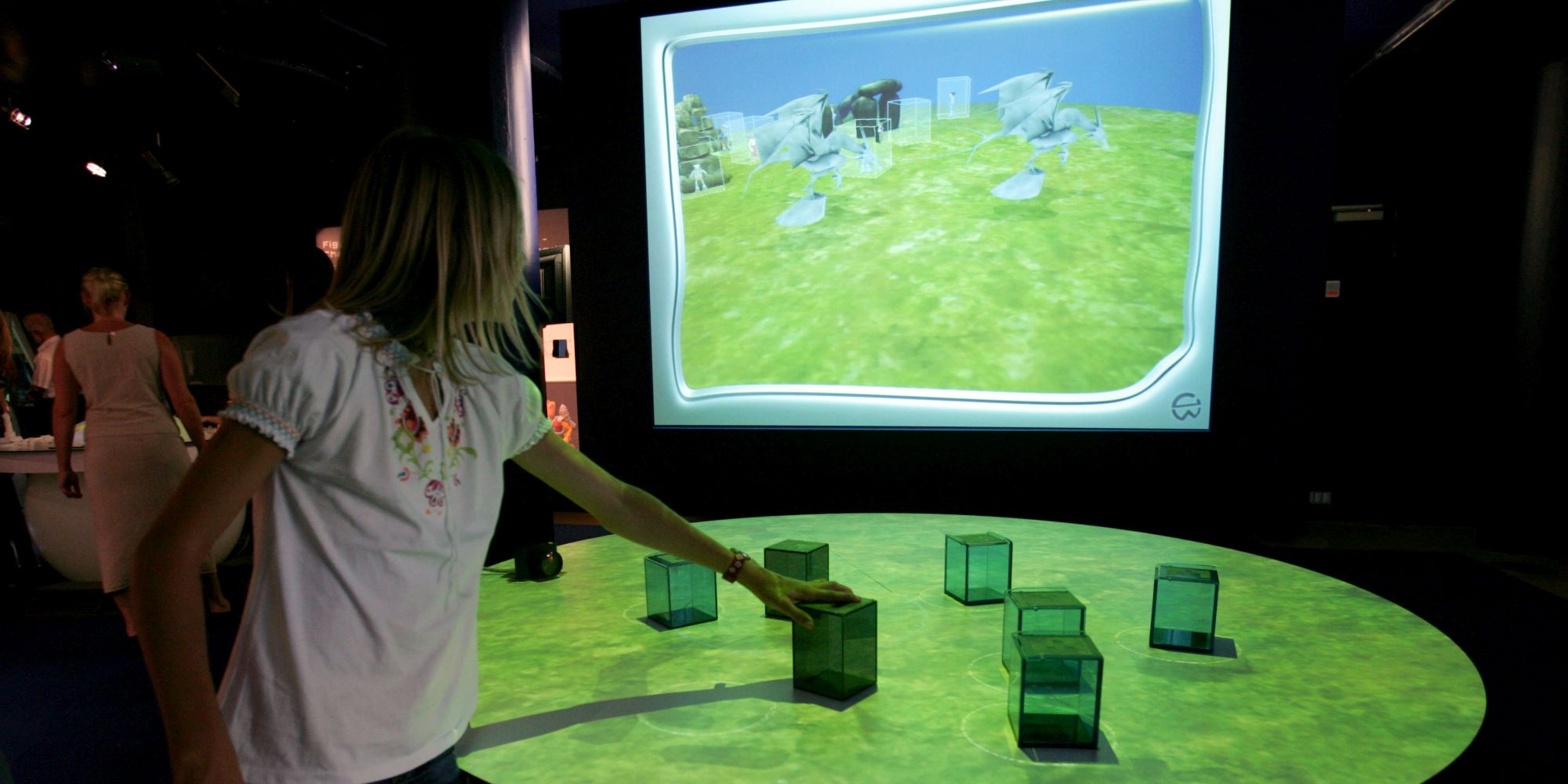
Gullivers World
The theme of Gulliver’s World is the relationship between virtual and material realities, and the reality that’s constructed by combining these two components.
-

VRizer
Game Engines on the ARSBOX 2003
VRizer is a 3D visualization software developed at the Ars Electronica Futurelab which used the latest technology for a graphical representation of data, setting new standards in the field of real-time computer graphics.
-
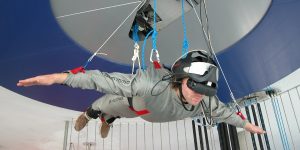
Humphrey II
In the beginning, there was Humphrey — a mechatronic device that worked in conjunction with a pair of data glasses to simulate flight in a 3-D environment. This installation in the Ars Electronica Center has been a smash hit with visitors since the museum opened, having replaced almost all the exhibits on display there at…
-

INSTAR
Information and Navigation Systems Through Augmented Reality
INSTAR was a unique new approach to navigation systems (for instance, in autos) that went beyond conventional two-dimensional visualizations and utilized augmented reality.
-

VAI Training Simulator
Virtual reality simulator for a continuous casting plant for industrial steel processing. The project is part of the Ars Electronica Futurelab’s long-standing and successful collaboration with voest alpine Industrieanlagenbau.